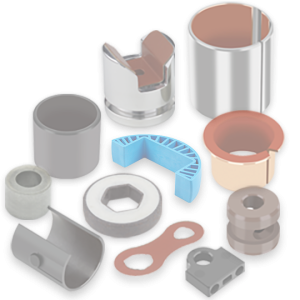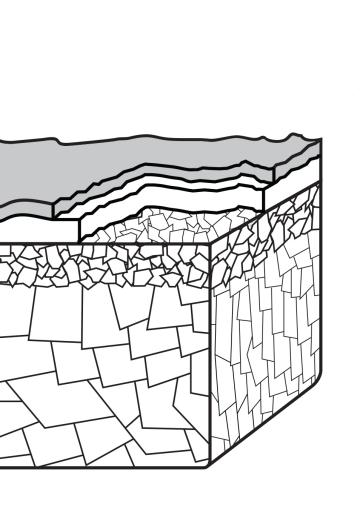Dry running plain composite bearings have been of great interest for numerous applications due to their remarkable sliding performance over a wide-range of Pressure-Velocity (PV) Factor values. The sliding performance of dry running shaft bearing contacts is affected by numerous surface engineering related factors. One essential factor is the formation and development of high quality transfer films on the shaft surface (attacking counter surface).
The present article explores the transfer film formation and accompanied tribology affecting processes in a common composite bearing shaft contact. Wear and friction tribology experiments were conducted using a Pin on Disk test device. The tests were run at a pressure of 11.3 MPa and a continuous sliding speed of 0.035 m/s. The tribology experiments revealed fluctuating and re-measurable run-in friction and wear tribological performance until the system entered its steady state stage. This fluctuation in performance was hypothesized to be caused by multiple tribology affecting processes taking place at the interface of both contacting surfaces throughout the sliding process.
Careful micro structural (SEM - Scanning Electron Microscopy and FIB - Focused Ion Beam sections) and chemical analysis (EDX - Energy-dispersive X-ray spectroscopy and XPS - X-Ray photoelectron spectrometry) were performed on the stressed surfaces to discover the nature of those tribology affecting processes. General surface observations of the attacking counter face and the worn pin surfaces discovered first insights regarding the structural changes within the transfer film and bearing material. The micro structural analysis of the transfer films formed throughout the sliding process revealed structural alterations within the transfer film architecture that progressed with covered sliding distance. Chemical analysis of the diverse transfer film stages provided useful information that chemical processes are also of crucial importance in determining bearing tribology.
Taking all aspects into account, the present paper confirmed the initial hypothesis that observed friction and wear tribological responses of the shaft bearing contact can be linked to structural changes within the transfer film and bearing material along with variations of the transfer film chemistry.
Dr. Marco Enger* marco.enger@ggbearings.com
Dipl.-Ing. Jürgen Eder juergen.eder@ggbearings.com
Dipl.-Ing. Jürgen Erlewein juergen.erlewein@ggbearings.com
Timo Ziegler, B.Sc. timo.ziegler@ggbearings.com
* corresponding author






